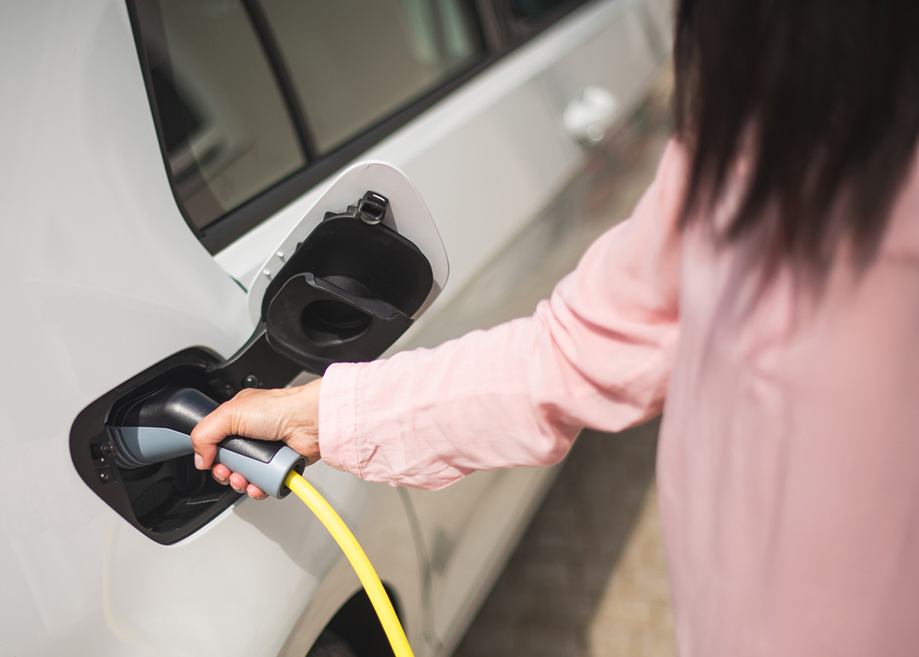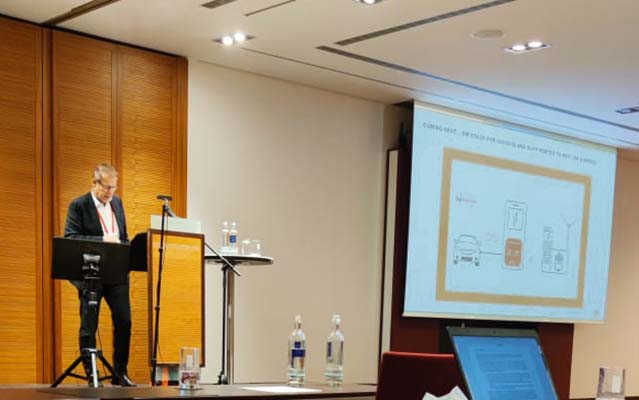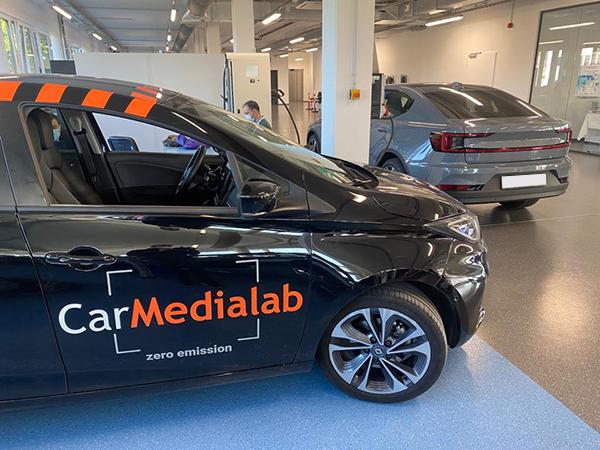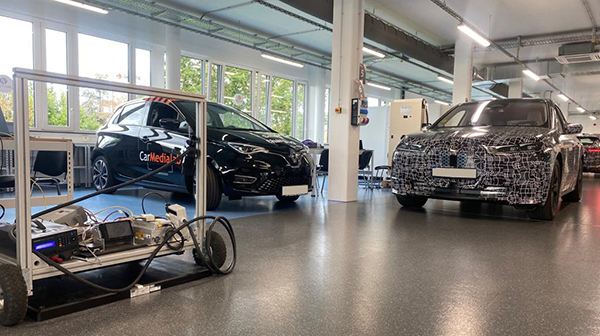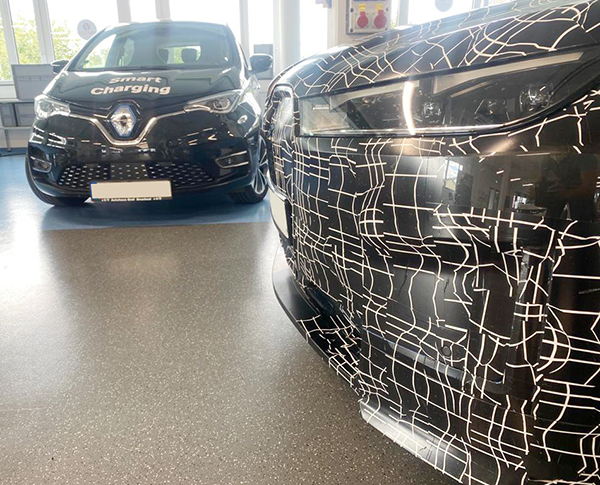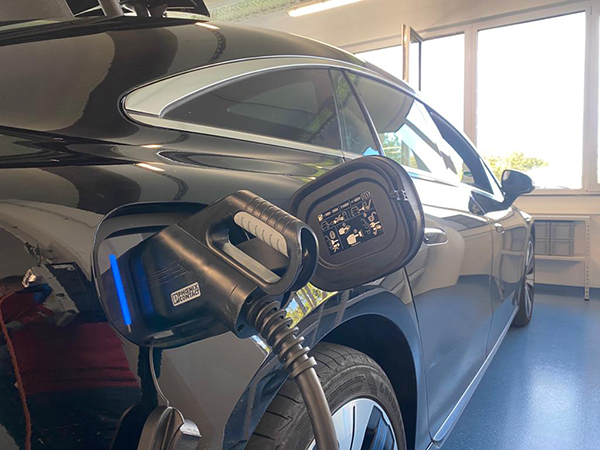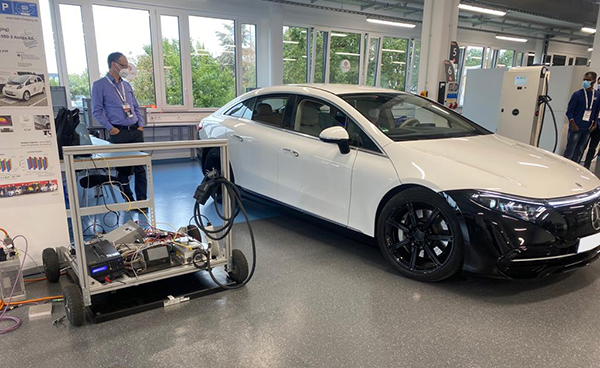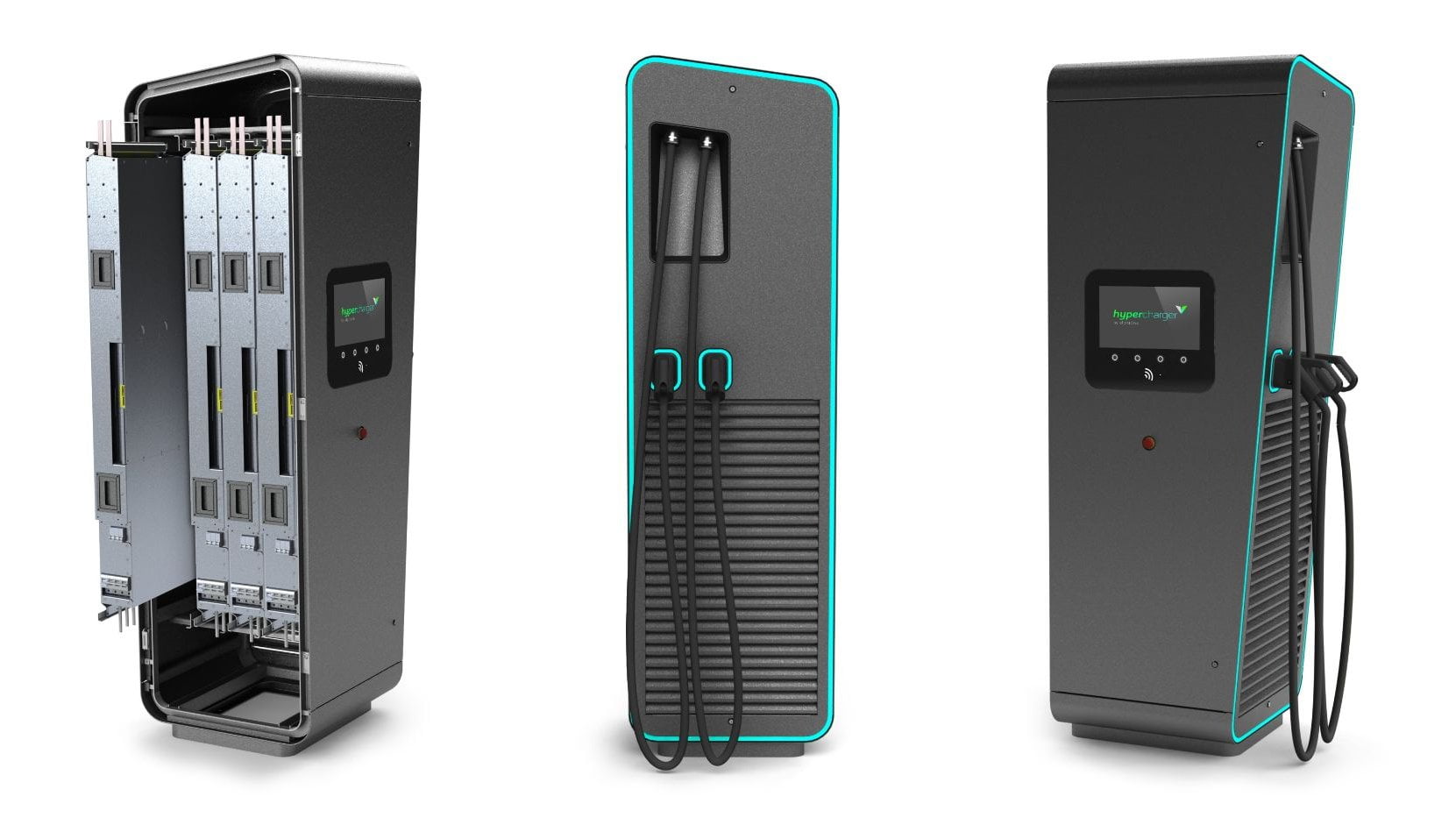Electricity vs. Hydrogen
Why electricity is simpler to use than hydrogen as propellant in cars
To get a non-emission fueled car moving, you need energy. This energy we can harness from the sun or wind and store in batteries, which we then can use to propel our cars. There are many ways to do this, but why not choose the simpler way, with fewer steps from energy source to consumer?
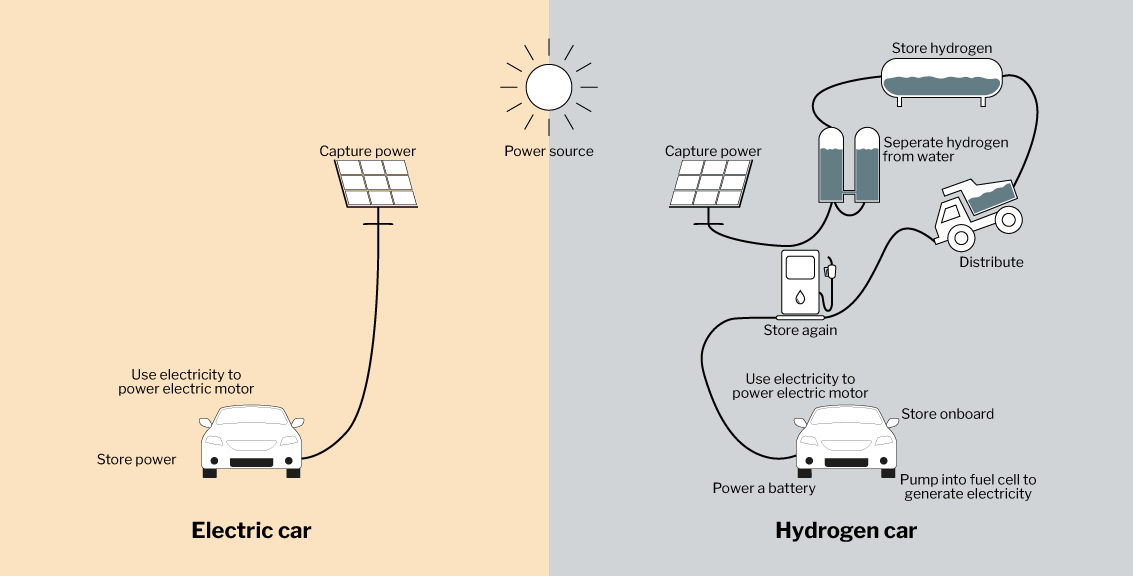
In comparison: Electricity vs. Hydrogen as a renewable energy source for cars
From water it comes, to water it shall again become
Using Hydrogen to fuel cars is clever. You can extract the Hydrogen form water, and there will only be water-emissions from the car. This is great and green. However, the procedure to procure the Hydrogen and make it fit for cars to drive on is somewhat elaborate.
You use the energy from the sun to make heat, which you will then use to split the Hydrogen from water. Then you need someplace big to store the Hydrogen until you can transport it by truck to the charging points, where it will have to be stored again. In the car, the Hydrogen will have to be stored yet again in the tanks and be used to generate electricity to propel the car. This process sums up to at least five steps from the energy source to the end consumer.
But why go through all these steps to make an electric car run, when you can use only two steps and get the same result?
From sun to power
With an all-electric car, you just plug it in the charging stand, and the battery will be charged almost directly from the sun. By using electricity to power your car, you can benefit from the already present, and rapidly evolving, infrastructure of harnessing power from the sun and wind. These energy sources are never-ending and therefore sustainable. And what is more important, the energy that they procure does not have to be stored at length to be of use. It is transported directly into the exciting power grid, from where it is ready for the taking.
By omitting a lot of steps in the process of power to consumers, it will only become more affordable to drive on the wind – so to speak. Electricity is the way to go for cars and busses, however, airplanes, ships, and heavy-duty trucks among others are not yet suitable for batteries. For that kind of vehicle, Hydrogen might be the way forward if we are to make a greener and more sustainable future of transportation.



